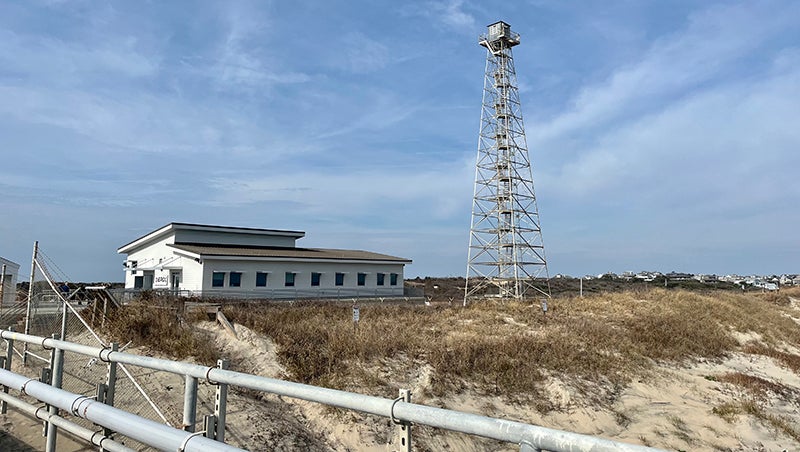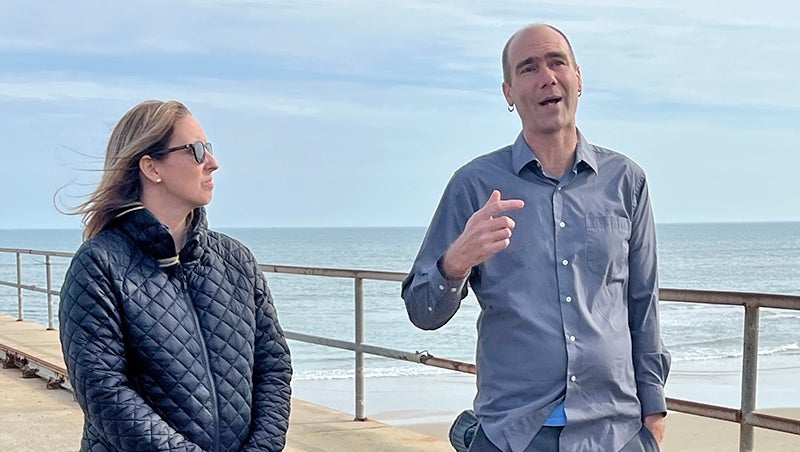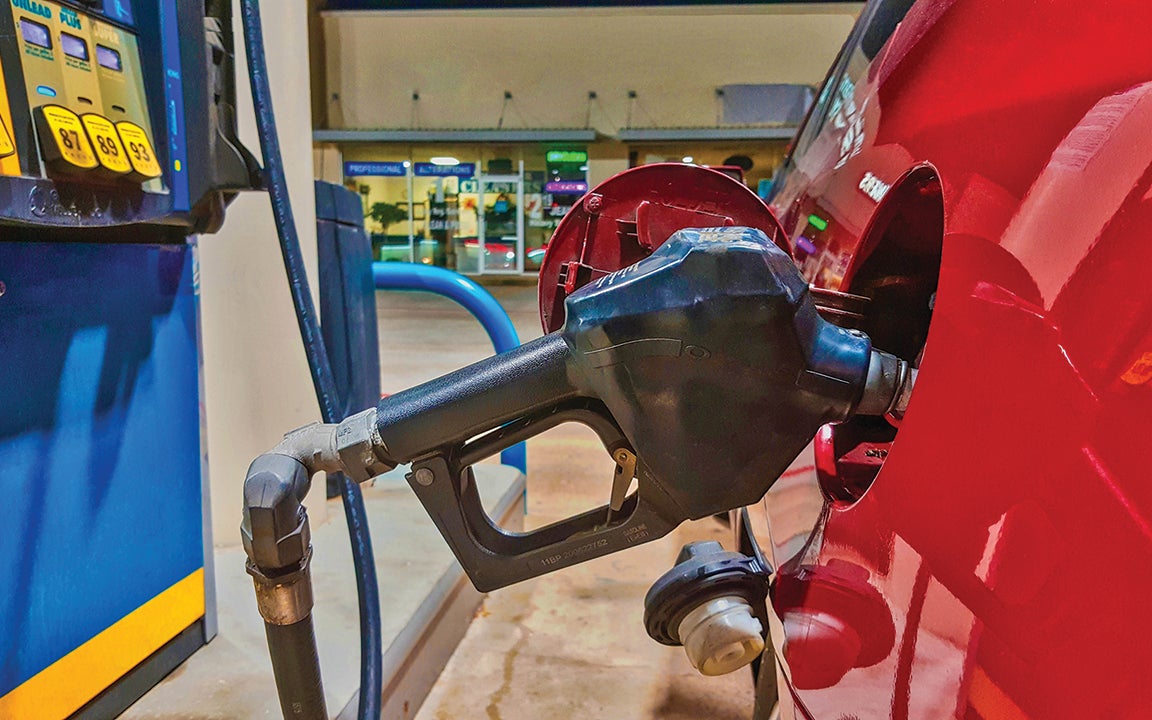New facility in Duck opens the door for expanded military research and applications
Published 7:23 am Tuesday, February 7, 2023
|
Getting your Trinity Audio player ready...
|
The ribbon cutting at the Engineer Research and Development Center (ERDC) at the new Army Corps of Engineers Field Research Facility (FRF) in Duck on January 19, 2023 marked the start of expanded, innovative military research at a 4,008 sq.ft. state of the art building.
This new research facility is better suited to meet the needs of the U.S Army Engineer Research and Development Center’s Coastal & Hydraulics Laboratory. The FRF civil works and military research mission, which includes projected forces method development, forcible and early entry conductivity, and rapid operation transitions, was formerly being run in an undersized facility. The research center now sports elevated decking, a support shop, eight offices and highly anticipated designated research space.
ERDC director Dr. David Pittman addressed the crowd prior to the ribbon cutting, “I want to thank all of you for being here today … we got a brand-new facility, this is it, right behind us,” he motioned to the new building. Pittman doubles as director of research and development (R&D) and chief scientist for the U.S. Army Corps of Engineers and noted R&D’s origination in 1775. Engineers from R&D were hired to assist President George Washington back then, to which Pittman said, “we literally helped build this country, helped defend this country.”
Pittman also noted the facilities international recognition, “This facility is actually in the Guinness Book of Records. It’s the longest continuous monitoring of waves current, imagery beach, everything has been measured.”
Dr. Ty Wamsley, Coastal Hydraulics Laboratory director, shared the sentiments as Pittman when it came to the importance of the facility and the research conducted daily: “It is our responsibly to join forces to have the ability to freely maneuver through this region, to bring what and who we need through safely and efficiently. This is the perfect place to conduct this research, as we are the DOD’s only coastal engineering laboratory.”
“We’re so excited to have this new space to support our ever-expanding team here, our instrumentation and research-focused areas,” senior technical manager for the FRF Coastal Hydraulics Lab Dr. Katherine Brodie expressed in opening ceremony remarks.
Nearshore ocean activity has been recorded at the FRF since 1977. With an ever-changing oceanic environment, ensuring the safety and efficiency of military operations is challenging.
During a post-ceremony tour of the facility, Brodie shed light on the research goals in store: “You are trying to move people and equipment through the surf zone, that can be a really challenging problem. It’s a super dynamic environment … in terms of planning a military operation, that makes it super hard.”
Expeditionary technology, such as drones (still in their trial phase), are in the works to help solve the problem. Such technology could provide analyzed data informing planners of current nearshore conditions such as depth, wave height and rip current development.
FRF team members Spicer Bak and Patrick Dickhudt shared, in an interview prior to the tour, that the team has grown significantly since its inception. “There were three people here when we started,” Dickhudt said. In the beginning, much of the research included gathering continuous measurements. “Now we’re using those measurements to actually discover new processes, build our technology,” Bak pointed out. Dickhudt added, “We’ve shifted from maintaining long-term measurements to now having scientists on staff … who get to work with the data and use all the resources that we have and drive science programs.”
Along with the military research that continuously takes place, the team noted the civil mission at work as well, such as monitoring the coast and measuring erosion and how both missions rely on the same principle. “They need to understand how waves work, and the same physics applies to both problems; we work both sides of it,” Dickhudt said.
But when it comes to what the team is most excited about in regard to the new facility, they readily responded in unison: “Space!”
SUBSCRIBE TO THE COASTLAND TIMES TODAY!









